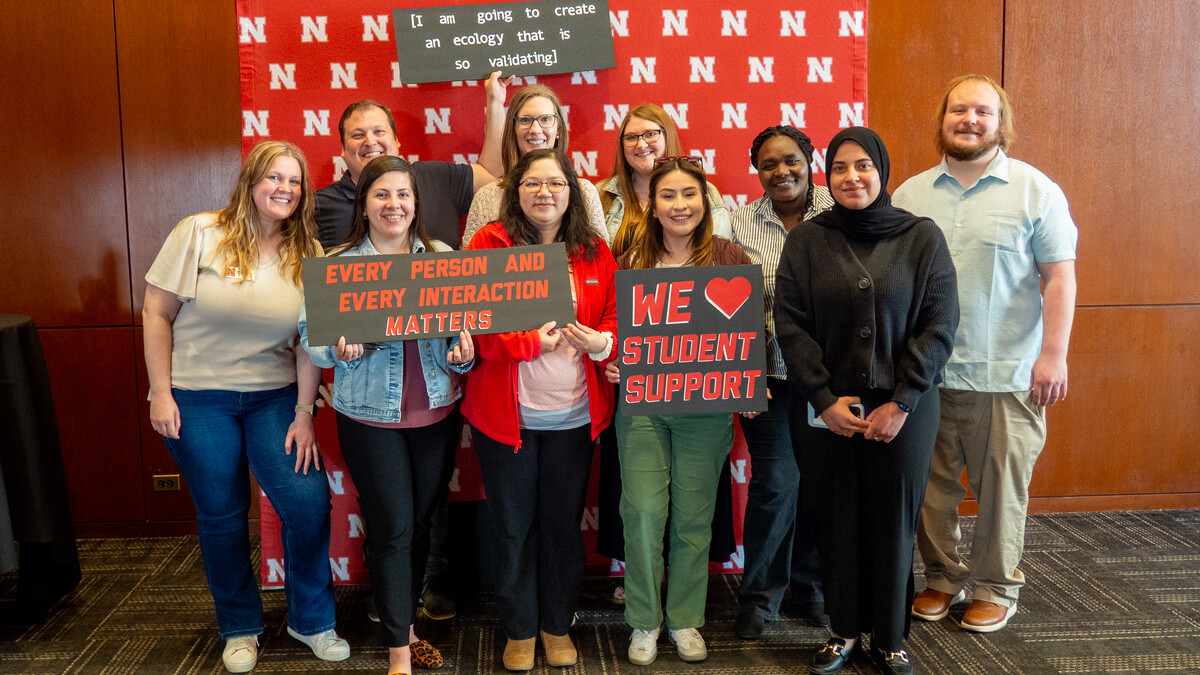
At least three-quarters of rural Nebraskans rate a safe environment for students, high graduation rate, high-quality teachers, teaching problem solving or critical thinking skills to students and preparing students for college as high priorities for their local schools, according to the 2016 Nebraska Rural Poll.
In smaller communities, schools have been argued to provide other benefits to residents. However, providing an economic base and community social events were not highly prioritized by rural Nebraskans or residents of smaller communities.
“While we know that schools provide an important function in communities beyond the classroom, including economic and social activity, the survey results suggest that rural Nebraskans prioritize education first, with relatively low percentages also prioritizing economic and social effects of schools on communities,” said Brad Lubben, assistant professor of agricultural economics at the University of Nebraska¬-Lincoln.
Poll manager Rebecca Vogt said these questions were an effort to measure what rural Nebraskans expect from their local schools and if those expectations are being met.
Some of the highly prioritized items also have the highest satisfaction ratings. At least four in 10 rural Nebraskans surveyed are very satisfied with the safety of the environment for students, graduation rate, quality school buildings, and opportunities for physical activities and sports at their local school.
However, there are some large differences between the characteristics that people expected from their local school and how they describe it. For almost all of the characteristics listed, the proportions that feel each is a high priority are larger than the proportions very satisfied with each. For example, 76 percent of rural Nebraskans rate teaching problem solving or critical thinking skills to students as a high priority, but only 22 percent said they are very satisfied with that characteristic in their local school.
Many of those gaps are greater for residents of the largest cities because people living in or near smaller towns are more likely to express satisfaction with many of the characteristics at their local school. At least half of people living in or near communities with populations under 5,000 are very satisfied with the safe environment for students, compared to 34 percent of people living in or near cities with populations of 10,000 or more. Forty-three percent of people living in or near communities with populations under 1,000 are very satisfied with class sizes, compared to 20 percent of people living in or near cities with populations of 10,000 or more.
As community size increases, satisfaction levels increase when it comes to providing courses for college credit, advanced placement, foreign languages and English as a second language.
“Rural Nebraskans value their local schools,” said Jeanne Surface, associate professor for educational leadership at the University of Nebraska at Omaha. “Unfortunately, the challenge of population decline continues to constitute a threat to our rural schools and communities and their ability to prepare students for future success.”
The 21st annual Rural Poll was sent to 6,115 households in 86 Nebraska counties in April. Results are based on 1,746 responses. It is the largest annual poll of rural Nebraskans’ perceptions on quality of life and policy issues. This year’s response rate was 29 percent. The margin of error is plus or minus 2 percent. Complete results are available at http://ruralpoll.unl.edu.
Although the Grand Island area (Hall, Hamilton, Howard and Merrick counties) was designated a metropolitan area by the U.S. Census Bureau in 2013, the Rural Poll continues to include those counties in its sample. Also, Dixon and Dakota counties were added to the poll in 2014.
The university’s Department of Agricultural Economics conducts the poll in cooperation with the Nebraska Rural Futures Institute with funding from Nebraska Extension and the Agricultural Research Division in the Institute of Agriculture and Natural Resources.







